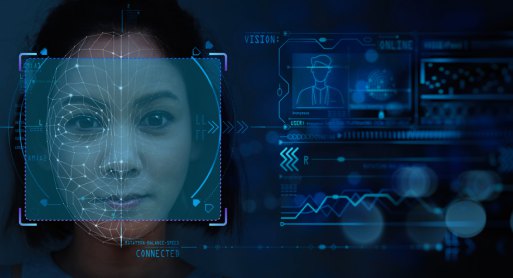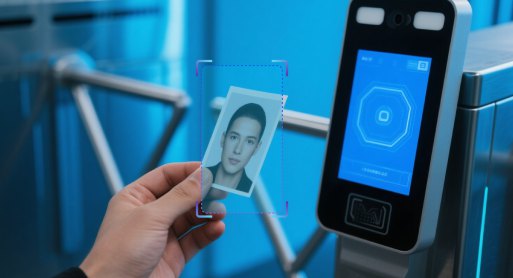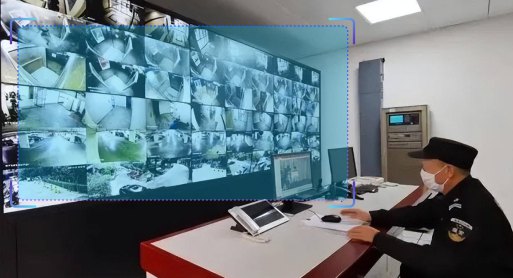
Human body recognition

Algorithm Introduction
This algorithm performs in-depth analysis of human body information from video stream detection/tracking frame selections and front-end smart camera captures, delivering two core functions: feature vector extraction and attribute recognition. As a critical supplementary algorithm to face recognition-based identity verification, it enables comprehensive human identification.
For human feature extraction, the algorithm precisely captures human feature vectors from both image streams and video streams, storing them in a spatio-temporal human database to enable retrospective tracking of individuals' movements across time and space. For human attribute recognition, the algorithm rapidly analyzes diverse attributes including gender, age, and hair color, while also identifying specific wearable items such as glasses, hats, and bag styles, as well as clothing details like tops, pants, and shoes - meeting attribute recognition requirements across various scenarios.
For human feature extraction, the algorithm precisely captures human feature vectors from both image streams and video streams, storing them in a spatio-temporal human database to enable retrospective tracking of individuals' movements across time and space. For human attribute recognition, the algorithm rapidly analyzes diverse attributes including gender, age, and hair color, while also identifying specific wearable items such as glasses, hats, and bag styles, as well as clothing details like tops, pants, and shoes - meeting attribute recognition requirements across various scenarios.
- ● Resolution Requirement: 1080p (1920×1080)
- ● Minimum pixel dimensions for human feature extraction and attribute recognition: 60×120 pixels
Application Scenarios
-

Public Security
Tracks suspects or missing persons across multiple camera feeds to reconstruct their trajectories. -

Smart Retail
Analyzes customer movement paths and behavior within stores for enhanced shopping experience optimization. -

Traffic Management
Monitors pedestrian flow in key areas (e.g., subway stations) to improve traffic flow and safety. -

Human-Machine Interaction
Enables service robots to identify specific users for personalized interaction.
FAQ
-
Algorithm AccuracyAll algorithms published on the website claim accuracies above 90 %. However, real-world performance drops can occur for the following reasons:
(1) Poor imaging quality, such as
• Strong light, backlight, nighttime, rain, snow, or fog degrading image quality
• Low resolution, motion blur, lens contamination, compression artifacts, or sensor noise
• Targets being partially or fully occluded (common in object detection, tracking, and pose estimation)
(2) The website provides two broad classes of algorithms: general-purpose and long-tail (rare scenes, uncommon object categories, or insufficient training data). Long-tail algorithms typically exhibit weaker generalization.
(3) Accuracy is not guaranteed in boundary or extreme scenarios.
-
Deployment & InferenceWe offer multiple deployment formats—Models, Applets and SDKs.
Compatibility has been verified with more than ten domestic chip vendors, including Huawei Ascend, Iluvatar, and Denglin, ensuring full support for China-made CPUs, GPUs, and NPUs to meet high-grade IT innovation requirements.
For each hardware configuration, we select and deploy a high-accuracy model whose parameter count is optimally matched to the available compute power.
-
How to Customize an AlgorithmAll algorithms showcased on the website come with ready-to-use models and corresponding application examples. If you need further optimization or customization, choose one of the following paths:
(1) Standard Customization (highest accuracy, longer lead time)
Requirements discussion → collect valid data (≥1 000 images or ≥100 video clips from your scenario) → custom algorithm development & deployment → acceptance testing
(2) Rapid Implementation (Monolith:https://monolith.sensefoundry.cn/)
Monolith provides an intuitive, web-based interface that requires no deep AI expertise. In as little as 30 minutes you can upload data, leverage smart annotation, train, and deploy a high-performance vision model end-to-end—dramatically shortening the algorithm production cycle.






